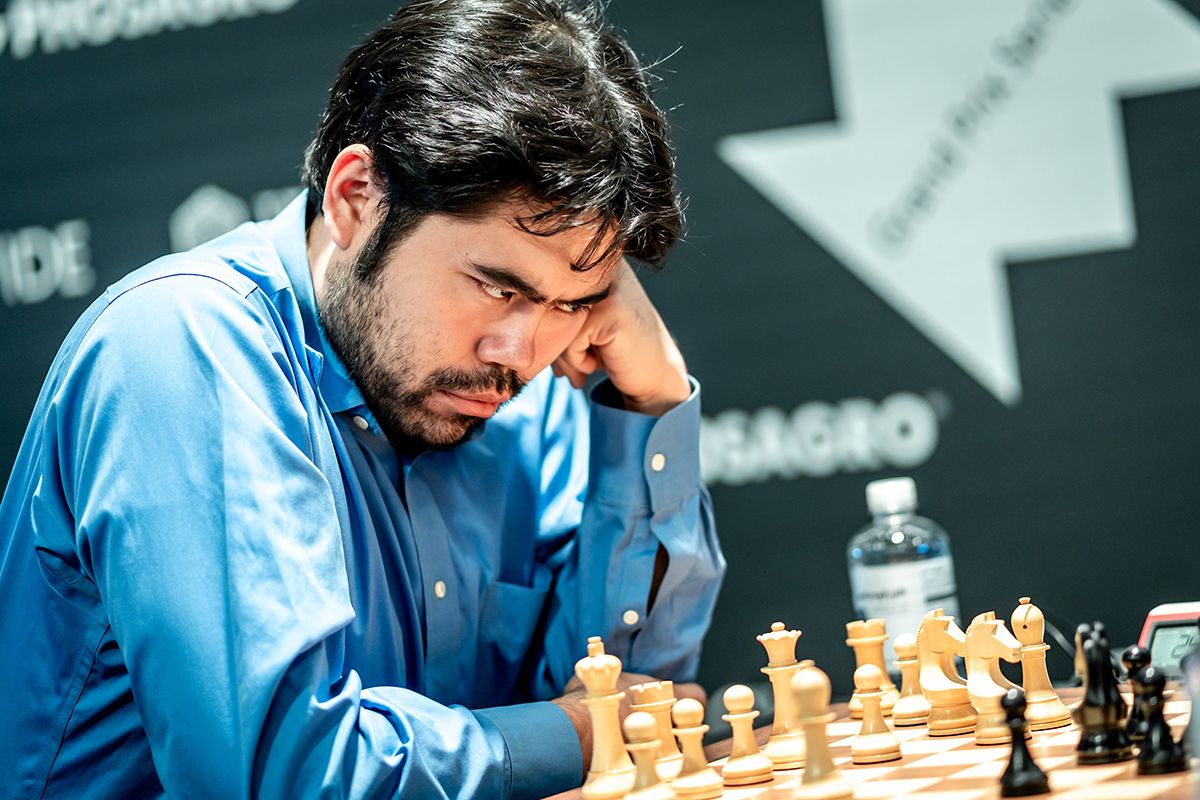“A semi-Nepo approach”
We’ve enjoyed three tension-filled sets so far in the final showdown of the online tour that started on April and is about to end this coming week. By now, it is impossible to talk about a favourite, as Magnus Carlsen and Hikaru Nakamura have been showing a fighting attitude throughout an evenly-contested matchup.
Nakamura came from painfully losing the second set and managed to grab the lead in the blitz tiebreaks on the third day of action. The American GM confessed that, despite losing set 2, he feels that he is playing “as well as I’m ever gonna play”, and admitted that he has drawn a lot of inspiration from Fabiano Caruana, who is the strongest player that has been consistently using lines with queenside castling while trying to attack on the kingside.
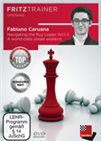 The Ruy Lopez is one of the oldest openings which continues to enjoy high popularity from club level to the absolute world top. In this video series, American super GM Fabiano Caruana, talking to IM Oliver Reeh, presents a complete repertoire for White.
The Ruy Lopez is one of the oldest openings which continues to enjoy high popularity from club level to the absolute world top. In this video series, American super GM Fabiano Caruana, talking to IM Oliver Reeh, presents a complete repertoire for White.Talking about the favourable positions he has been getting and his great handling of the clock, Nakamura explained:
I’m getting good positions out of the opening, where the moves aren’t simple, and maybe he’s a little bit unfamiliar with the ideas that I’m showing, that’s the first thing. And secondarily, as I mentioned the other day, I’m just trying to take this sort of half-Nepo or semi-Nepo approach, where I try to play really quickly — not as quickly as Ian of course (smiles).
During the second set, Nakamura agreed to quick draws in his games with white. In set 3, after winning game 1, Carlsen did the same, allowing a repetition that led to a 17-move draw. Much like the world champion on Saturday, Nakamura regarded this decision as understandable:
The margins are very small, so when you get one less game, generally speaking, you feel like you’re better off. I think Magnus, just like I did yesterday, felt that his preparation was very good with Black, and I certainly didn’t show anything against the Berlin.
Referring to his opponent’s demeanour during the games, the American said:
He seems uneasy. There’s obviously much more pressure on Magnus, as I pointed out many times — everyone expects me to lose. There’s no pressure for me, I just play good chess and see what happens, and it’s been working out.
We will get to see at least two more mini-matches of this gripping confrontation, although it is very likely that the matchup will go the distance, as both players have shown remarkable resilience in critical situations.
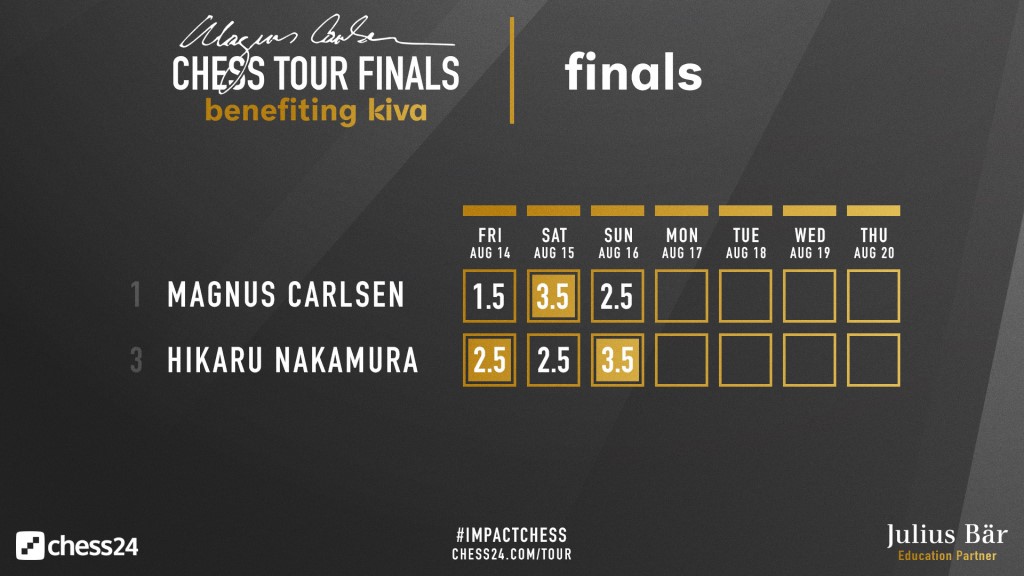
Click to enlarge
Nakamura 3½ : 2½ Carlsen
“The first game was really bad”, stated Nakamura during his interview. The American chose an Anti-Berlin setup with white and quickly found himself in trouble after having created weaknesses around his king:
Black simply targeted the weak f and g-pawns, which prompted White to desperately push his f-pawn with 26.f4. A forcing continuation gave Carlsen an easily winning position — 26...exf4 27.gxf4 Qg4 28.Qe2 Rxf4 29.Qxg4 Rxg4 and Black ended up grabbing all of White’s kingside pawns.
After the quick draw in game 2, Nakamura repeated the line he had played in his first game with white showing some improvements. Black nevertheless seemed to have things under control, until Carlsen made an absolutely strange decision:
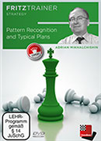 On this DVD GM Adrian Mikhalchishin presents games of the World Champions of the past to explain typical patterns and strategic concepts of these games and to show how grandmasters apply these ideas today.
On this DVD GM Adrian Mikhalchishin presents games of the World Champions of the past to explain typical patterns and strategic concepts of these games and to show how grandmasters apply these ideas today.
The world champion spent no less than seven and a half minutes on 13...b4, which Nakamura described as “a horrible move”. The problem is that Black was left with all his pawns stuck on dark squares in an endgame of opposite-coloured bishops in which he had the light-squared bishop. Already in the ending, Carlsen played another move the commentators could not understand:
32...Kf7 allowed the forcing 33.Rf1+ Ke8 34.Rxf8 Kxf8 35.Bd8, when White is ready to activate his king and capture all the loose pawns placed on dark squares. Carlsen resigned four moves later.
The resilient world champion played an interesting pawn sacrifice in game 4, but Nakamura was up to the task, finding good defensive resources until securing a 45-move draw that meant the set would be decided in tiebreaks.
Another Anti-Berlin was seen in game 5, except this time Carlsen faltered on move 11:
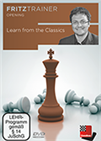 Sagar Shah shows you on this DVD how you can use typical patterns used by the Master of the past in your own games. From opening play to middlegame themes.
Sagar Shah shows you on this DVD how you can use typical patterns used by the Master of the past in your own games. From opening play to middlegame themes.
Nakamura explained that he had checked 11...Ne6 during his preparation, noticing that Black can capture the pawn with 12.Nxe5, as after 12...Nd4 White has 13.Nxf7 Kxf7 14.Qh5+ gaining the bishop on c5. Carlsen went for 12...a5 instead, but already was in a clearly inferior position, which led to a painful 22-move defeat.
Referring to the early mistake, Nakamura noted that this is a by-product of having played so much chess in the last few months.
Carlsen was in a must-win situation in game 6 and managed to get a better queenless position a pawn up. Nakamura once again proved he is an excellent defender, though, finding resources to make his opponent’s task harder with little time on the clock. The draw was signed after 73 moves. Carlsen demonstrated his frustration on the webcam once the set was decided in favour of his rival.
Links
